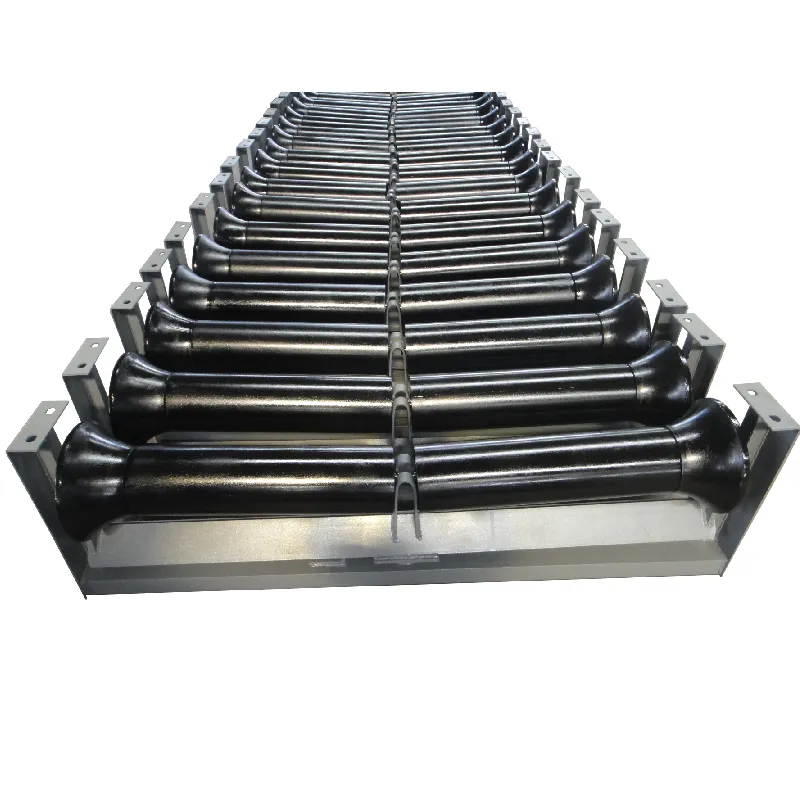 Afrikaans
Afrikaans  Albanian
Albanian  Amharic
Amharic  Arabic
Arabic  Armenian
Armenian  Azerbaijani
Azerbaijani  Basque
Basque  Belarusian
Belarusian  Bengali
Bengali  Bosnian
Bosnian  Bulgarian
Bulgarian  Catalan
Catalan  Cebuano
Cebuano  Corsican
Corsican  Croatian
Croatian  Czech
Czech  Danish
Danish  Dutch
Dutch  English
English  Esperanto
Esperanto  Estonian
Estonian  Finnish
Finnish  French
French  Frisian
Frisian  Galician
Galician  Georgian
Georgian  German
German  Greek
Greek  Gujarati
Gujarati  Haitian Creole
Haitian Creole  hausa
hausa  hawaiian
hawaiian  Hebrew
Hebrew  Hindi
Hindi  Miao
Miao  Hungarian
Hungarian  Icelandic
Icelandic  igbo
igbo  Indonesian
Indonesian  irish
irish  Italian
Italian  Japanese
Japanese  Javanese
Javanese  Kannada
Kannada  kazakh
kazakh  Khmer
Khmer  Rwandese
Rwandese  Korean
Korean  Kurdish
Kurdish  Kyrgyz
Kyrgyz  Lao
Lao  Latin
Latin  Latvian
Latvian  Lithuanian
Lithuanian  Luxembourgish
Luxembourgish  Macedonian
Macedonian  Malgashi
Malgashi  Malay
Malay  Malayalam
Malayalam  Maltese
Maltese  Maori
Maori  Marathi
Marathi  Mongolian
Mongolian  Myanmar
Myanmar  Nepali
Nepali  Norwegian
Norwegian  Norwegian
Norwegian  Occitan
Occitan  Pashto
Pashto  Persian
Persian  Polish
Polish  Portuguese
Portuguese  Punjabi
Punjabi  Romanian
Romanian  Russian
Russian  Samoan
Samoan  Scottish Gaelic
Scottish Gaelic  Serbian
Serbian  Sesotho
Sesotho  Shona
Shona  Sindhi
Sindhi  Sinhala
Sinhala  Slovak
Slovak  Slovenian
Slovenian  Somali
Somali  Spanish
Spanish  Sundanese
Sundanese  Swahili
Swahili  Swedish
Swedish  Tagalog
Tagalog  Tajik
Tajik  Tamil
Tamil  Tatar
Tatar  Telugu
Telugu  Thai
Thai  Turkish
Turkish  Turkmen
Turkmen  Ukrainian
Ukrainian  Urdu
Urdu  Uighur
Uighur  Uzbek
Uzbek  Vietnamese
Vietnamese  Welsh
Welsh  Bantu
Bantu  Yiddish
Yiddish  Yoruba
Yoruba  Zulu
Zulu Conveyor Pulley Design Standards and Performance Specifications for Optimal Efficiency
Understanding Conveyor Pulley Specifications
Conveyor systems play a pivotal role in modern material handling, making the choice of components like conveyor pulleys crucial for operational efficiency. A conveyor pulley is a cylindrical component used to support and drive conveyor belts. It is essential for ensuring the smooth and efficient transport of materials in various industries, including mining, manufacturing, and logistics. This article will delve into the key specifications and considerations when selecting conveyor pulleys.
Types of Conveyor Pulleys
Conveyor pulleys come in various types, each designed to serve specific functions within a conveyor system. The most common types include
1. Drive Pulleys These are used to transmit power to the conveyor belt, usually mounted on the conveyor system's drive shaft. 2. Idler Pulleys These help support the conveyor belt and maintain its alignment. They do not transmit power themselves but are critical for the belt's operation. 3. Tail Pulleys Positioned at the end of the conveyor, they help maintain tension on the belt and support the return side of the conveyor. 4. Take-Up Pulleys These are used to adjust the tension of the conveyor belt and are vital for maintaining its integrity and functionality.
Key Specifications
When considering conveyor pulley specifications, several factors come into play
1. Diameter The diameter of the pulley affects the belt's performance and its ability to handle various materials. Larger diameters can improve belt life, reduce spillage, and enhance material handling efficiency. However, they require more space and can be heavier.
2. Width The width of the pulley should match the width of the conveyor belt to avoid misalignment and ensure proper material transport. It plays a significant role in the load-carrying capacity of the conveyor system.
conveyor pulley specification

3. Material Conveyor pulleys are typically made from steel, aluminum, or plastic. Steel pulleys are the most common due to their strength and durability, while aluminum and plastic may be used for lighter applications or specific environments where corrosion resistance is needed.
4. Shell Thickness The thickness of the pulley shell impacts its strength and durability. Thicker shells can withstand higher loads and resist deformation, making them suitable for heavy-duty applications.
5. Bearing Type Bearings are crucial for the pulley’s operation, affecting its longevity and maintenance requirements. Common bearing types include sealed ball bearings, spherical roller bearings, and plain bearings. The choice depends on load capacity, speed, and environmental conditions.
6. Coatings and Finishes Surface treatments, such as galvanization or painting, can enhance the life span of a conveyor pulley, especially in harsh environments. These coatings protect against corrosion and wear, extending the operational lifespan.
Performance and Safety Considerations
Choosing the right conveyor pulley is not only about specifications but also performance. Factors like load capacity, speed, and the material being transported should be analyzed to ensure optimal operation. Moreover, it is essential to adhere to safety standards and regulations, as improperly specified or installed pulleys can lead to system failures and safety hazards.
Conclusion
In conclusion, understanding conveyor pulley specifications is vital for anyone involved in the design, maintenance, or operation of conveyor systems. By taking into account factors such as type, diameter, width, material, bearing type, and coatings, users can select the most appropriate pulleys for their specific applications. This careful selection will lead to improved efficiency, reduced maintenance costs, and a safer working environment, ultimately enhancing the productivity of the entire operation.
-
Taper Centering Idler Set for Conveyor SystemsNewsJun.25,2025
-
Small Idler Rollers for Industrial ConveyorsNewsJun.25,2025
-
Guide Training Idler Set for Conveyor MaintenanceNewsJun.25,2025
-
Friction Offset Idler Set for Industrial UseNewsJun.25,2025
-
Double-Center-Roller Idler AlignmentNewsJun.25,2025
-
Channel Inset Impact Troughing Idler Set for Heavy LoadsNewsJun.25,2025





























